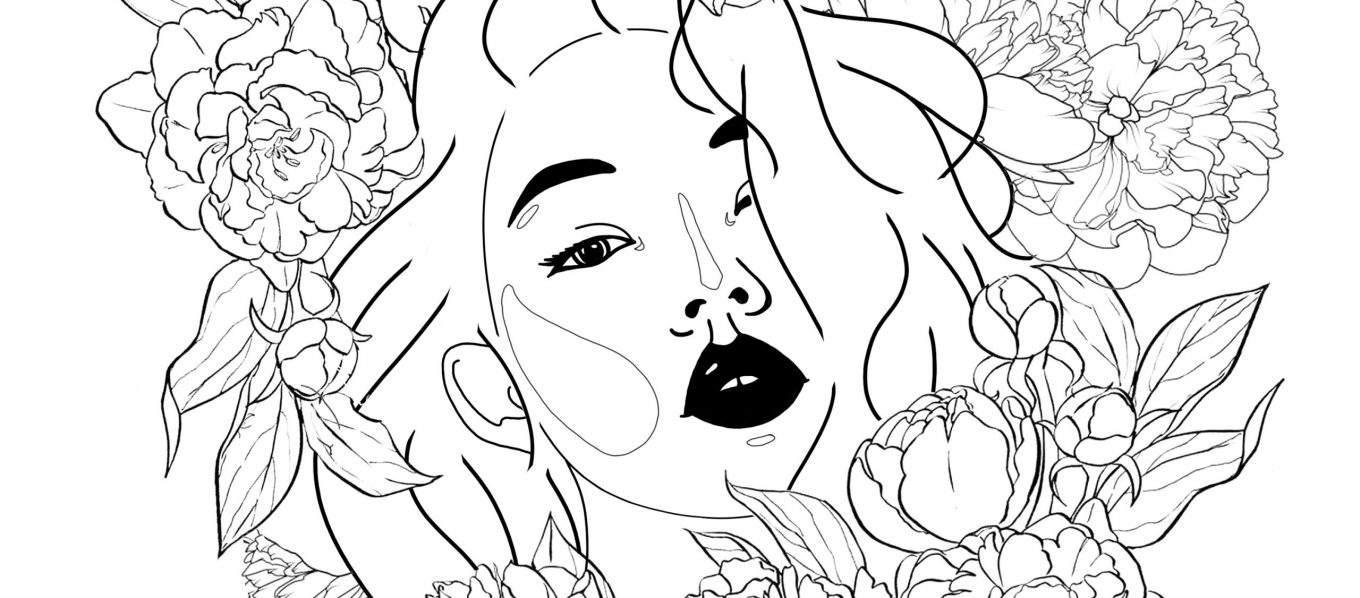Project Management & Innovation
JRMC 7011
As an aspiring creative director, being able to understand and utilize the skills of the people around me is a major characteristic of being an effective and reliable leader. In the professional world, one must be able to adapt their approach to maximize the abilities of a team and adjust their work to best fit a given project. With this in mind, project management served to provide an educational exploration of and experimentation with different management styles and team-based activities, utilizing organization, consistency, and emotional intelligence to create an environment for creativity and innovation.
Over the course of the class, one of the most impactful lessons that I learned about was the art of the “sprint”, a fast-paced, high-energy, and high return workshop that pushed the boundaries of what I considered to be a “normal” workflow. Coming from an advertising background, I have been used to a Waterfall or Ad Agency work structure, in which progress cannot continue until previous components have already been completed. Additionally, within these structures, a single entity — for instance, that of the creative team or the sales team — controls the priorities of the project, and while structure is maintained, often times recovery or re-evaluation of priorities are difficult and costly to consider. Upon learning about the Agile framework often used in tech and startup facilities, utilizing a “sprint” was a method that emphasized high-risk experimentation in a short period of time at the beginning of a project, allowing clients to test out new ideas quickly with real results and real returns. Being forced to prioritize our efforts within the span of a week was exhilarating to say the least, and I felt that the productivity of the team was at an all-time high because we knew that the goal was not perfection, but rather gaining those valuable insights from real users and real testers as quickly as possible. Learning about the importance of a minimal viable product and the finesse of a well-thought-out prototype using Adobe XD and simple video-recording software allowed us to easily test three key components of a streaming platform and gain insight into user’s preferences, again emphasizing the importance of feedback and consumer-first design. Going from key questions to user mapping, prototyping and finally, testing allowed me to understand how important defining the true purpose of a project is, and how ideation and pivoting when challenges appear are all a part of the process.
At the end of the course, we were split into groups to start the ideation process of our capstone projects. One of the greatest challenges at this stage was trying to not only finish each proposal within a short time span, but also to come up with not one, but three original and well thought-out ideations for new or improved technology. I loved this process because it challenged me to really stretch what the ideation process looks like, and the wire framing skills that I had adopted from Figma and XD — combined with project management skills involving Sprints and scheduling on Trello — made creating minimum viable products a significantly efficient process. Working on the pitch was also a great example of the importance of speech and finalizing proper presentation preparation — especially when working with finicky technology mishaps and the necessity of in-person setup — and hearing everyone’s ideas and getting real-time feedback was an invaluable experience.
In conclusion, the skills of time management, fast-paced deadlines, and effective teamwork were amazing to work on, and pivoting to embrace the startup mindset was an amazing experience in challenging the status quo of management styles. With this, I look forward to carrying these developments into my professional life as a future creative director, and I am excited to continue my work in producing, presenting, and finalizing my future capstone project.
